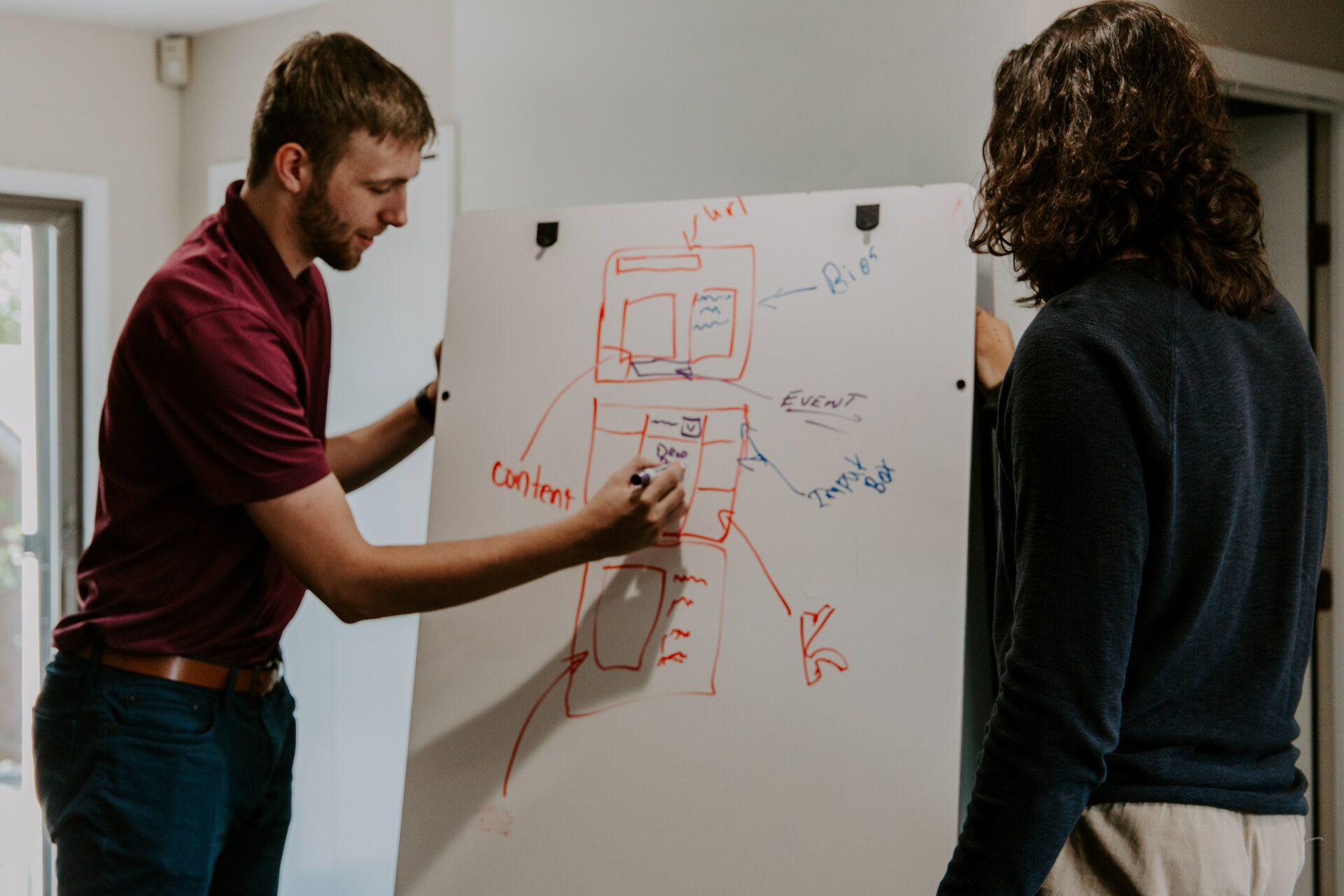There’s one thing that every website has in common: it doesn’t age gracefully. Even the best websites eventually fall victim to such issues as slower speeds and outdated content. Over time, an antiquated website will deliver such a poor user experience that customers will stop using it – and search engines will stop ranking it.
The good news is that you can prevent this from happening by rebuilding your website. However, rebuilding your website without accounting for SEO can be disastrous to your rankings and the user experience.
That’s why it is important to work with an experienced SEO team before, during, and after your website rebuild project.
Key takeaways this article will help you recognize:
- Understand that every website needs to be redesigned/rebuilt to ensure that it is up to industry standards, delivers a user experience, and is optimized according to the latest search engine rules, regulations and trends so that it is seen as trustworthy and relevant to audiences.
- Learn how the SEO process works during a website rebuild and understand the vital role it plays in every step of the project lifecycle – and continues after its completion.
- Recognize that an experienced SEO agency with website development capabilities can use its expertise and skills to optimize your website according to search engine rules and industry best practices during every step of your rebuild project and after its launch to improve rankings and user experience.
Conduct an Audit of Your Existing Site
Before any work begins on the rebuild project, it’s important for the SEO team to have a better understanding of your existing website’s current ranking positions. The SEO team does this by conducting a thorough audit of your existing site.
During an audit, the SEO team reviews your website to identify any issues that may be causing poor SEO performance and lower rankings. Some of the things that the team will be evaluating are:
- Crawlability – This measures how easy or difficult it is for a search engine’s bot (called “spiders”) to access and crawl your website content. If your site has good crawlability, the spiders have no problems accessing your content. However, issues such as broken links and robots.txt files can prevent the spider from accessing the content. When this occurs, it can prevent search engine users from finding your site or pages.
- Indexability – This measures a search engine’s ability to analyze your pages and add them to its database (called an index). If your site’s pages are not indexed, they are essentially invisible to the search engine.
- On-Page SEO – This refers to all of the SEO optimizations that are made directly on a page. Examples of on-page SEO include keywords, title tags, meta descriptions, internal linking, images, video, audio, and long-form/short-form content. All of these on-page SEO optimization tools help search engines analyze your website to determine if its content is relevant to user queries.
- Technical SEO – This SEO technique ensures that site speed, security, mobile-friendliness, and other behind-the-scenes elements of your website are optimized for better search engine results and improved user experience.
The purpose of conducting an audit (and focusing on these key areas) is for the SEO team to evaluate your existing website’s performance and identify areas where SEO optimization will be needed on the refreshed site to ensure optimum visibility, accessibility, and rankings.
Develop a URL Structure
Once the SEO team has completed their audit, they’ll move on to developing an appropriate URL structure for your new website.
A URL acts as an address for your website and its pages. The URL structure is made up of protocol (https//), a sub-domain (www), domain (your actual website name), a top-level domain (ex. Com, org, net), and a path (the name of a page, blog post, file, etc).
Here’s an example of URL structure for one of our web pages: https://resultsrepeat.com/blog/
Having a consistent and easily understandable URL structure will help improve your new site’s SEO in two key ways:
- User Experience – Having a URL that makes sense to visitors allows them to more easily navigate your website and find what they’re looking for. Having easily understandable page hierarchies in your URLs makes this possible. Using the example above, users can clearly understand that the URL is for our site’s blog. However, if the URL ends with a series of random characters and numbers, a user will be confused and likely will not click on that link.
- Page Rank – Implementing a consistent and comprehensible URL structure not only helps visitors understand page content and navigation, but also helps search engines figure out what each page means and how they relate to each other. When search engines understand your page content and your website hierarchy, they will deliver better rankings for your website.
An experienced SEO team can create a URL structure that improves SEO by making it consistent and clear to users and search engines. Plus, an SEO can optimize your URLs with keywords to promote Google PageRank to further demonstrate its value and relevance to users.
Avoid the Dreaded 404 Error
When implementing a new URL structure for your new website, it’s extremely important to redirect your old pages to the new ones. This ensures that users and visitors will be directed to the latest version of your site and pages.
If redirects are not properly implemented, then users will encounter a 404 “page not found” error. When this happens, it can be detrimental to the user experience and your page rankings.
To prevent this from happening, an SEO team will implement a 301 redirect. Similar to a forwarding address when moving from one home to another, this status code tells browsers that an old URL should be permanently redirected to a new one. So, anytime a user accesses an old URL they are automatically redirected to the new URL.
In addition to ensuring that traffic to your site and pages is not halted, 301 redirects also transfer all ranking power from the previous URL to the new URL.
Use Noindex In New Site’s Testing Environment
Before your new website launches, you’ll need to conduct lots of testing to ensure that it performs accordingly. However, if you test your new site without informing the search engines that the site is not officially live and operational, it could hurt your current site’s rankings. That’s because the search engines will have no idea that this new site is in the testing phase. Without that knowledge, the search engines will believe you have two sites with duplicate content.
To avoid this misunderstanding and prevent any damage to your SEO, the team will attach a no-index tag on the new site while it’s in the testing phase. This tag tells search engines that the site and its pages should not be crawled and indexed at this time. By implementing this tag, you can test your new site without negatively impacting your current site.
SEO Doesn’t End with the New Site Launch
As you can see, SEO is a key component of every phase in your website rebuild process. It’s necessary for the preliminary stages, the development of the site, the testing, and the launch.
While optimizing your new site during all of those phases will help improve its SEO performance, the need for SEO optimization does not end when the new website goes live.
That’s because SEO does not lead to overnight success. An SEO strategy is an ongoing process that continually evolves. As industry trends change, search engines perform algorithm updates, new tools and platforms are introduced, SEO teams will need to adjust their strategies and tactics to produce the best rankings, maintain website relevance and ensure user trust for your new site.
Work with a Team That Knows SEO and Web Dev
Since SEO is such a critical part of rebuilding a new website, it’s important for you to work with an SEO agency that knows exactly what is needed during every step of the process – and after.
Since 2014, Results Repeat SEO tactics and strategies have helped more than 400 small and mid-size businesses meet their goals. In addition to our first-rate SEO services, we also provide website design and development services. Having both services provided by one agency ensures that your website rebuild project will proceed more smoothly as both our teams will collaborate and communicate through every step of the process.
If you’re interested in learning how our SEO and web development teams can make your website rebuild project more efficient and effective, please contact us today!




